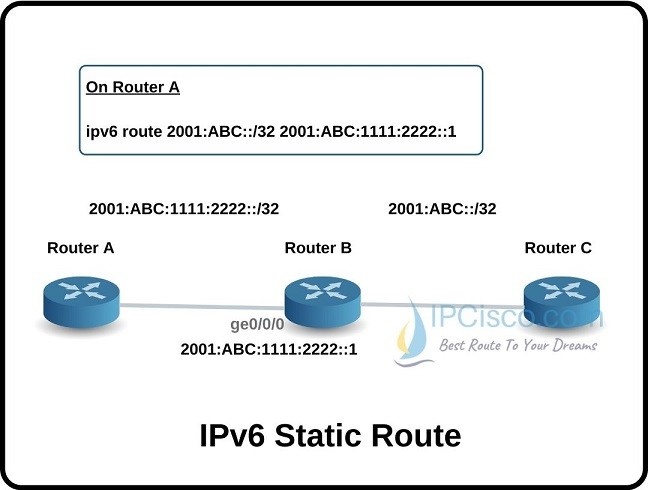
In the ever-evolving landscape of networking, IPv6 has become the new standard for addressing and routing. Understanding IPv6 static routing is essential for network administrators and engineers looking to efficiently manage and optimize their IPv6 networks. IPCisco, your trusted source for networking knowledge, is here to guide you through the intricacies of ipv6 static routing packet tracer, empowering you to navigate the world of IPv6 with confidence.
Understanding IPv6 Static Routing in Packet Tracer
Before we delve into the practical aspects, let's establish a clear understanding of the key components:
- IPv6 Static Routing: IPv6 Static Routing involves manually configuring static routes in your network to determine the path IPv6 packets should take. It's a fundamental aspect of IPv6 network management.
- Packet Tracer: Cisco Packet Tracer is a versatile network simulation tool that allows you to design, configure, and troubleshoot network topologies. It's an ideal platform for learning and practicing networking concepts, including IPv6.
Why IPv6 Static Routing Configuration Matters
IPv6 Static Routing holds significant importance for several reasons:
- Network Efficiency: It enables network administrators to define specific routes for IPv6 traffic, optimizing data flow and reducing congestion.
- Routing Control: IPv6 Static Routing gives you precise control over the routing decisions in your network, ensuring that traffic takes the desired paths.
- Network Design: It's a crucial element in designing efficient and scalable IPv6 networks, allowing for effective routing between subnets.
Configuring IPv6 Static Routing in Packet Tracer with IPCisco
At IPCisco, we offer comprehensive guidance on configuring IPv6 Static Routing in Packet Tracer. Here's how we can assist you:
- Step-by-Step Tutorials: Our detailed tutorials provide step-by-step instructions for setting up IPv6 Static Routes, ensuring you understand the configuration process thoroughly.
- Real-world Scenarios: We provide practical use cases and examples to illustrate how IPv6 Static Routing is applied in actual network setups to optimize IPv6 traffic flow.
- Community Interaction: Join the IPCisco community to connect with networking enthusiasts, share knowledge, and seek guidance on IPv6 Static Routing configuration and other networking topics.
Conclusion
Mastering IPv6 Static Routing in Packet Tracer is a valuable skill for network administrators and engineers in the IPv6 era. IPv6 Static Routing allows you to design efficient and scalable networks while maintaining precise control over data flow.
Let IPCisco be your guide in configuring IPv6 Static Routing. Visit our website today to access comprehensive resources and elevate your networking knowledge.